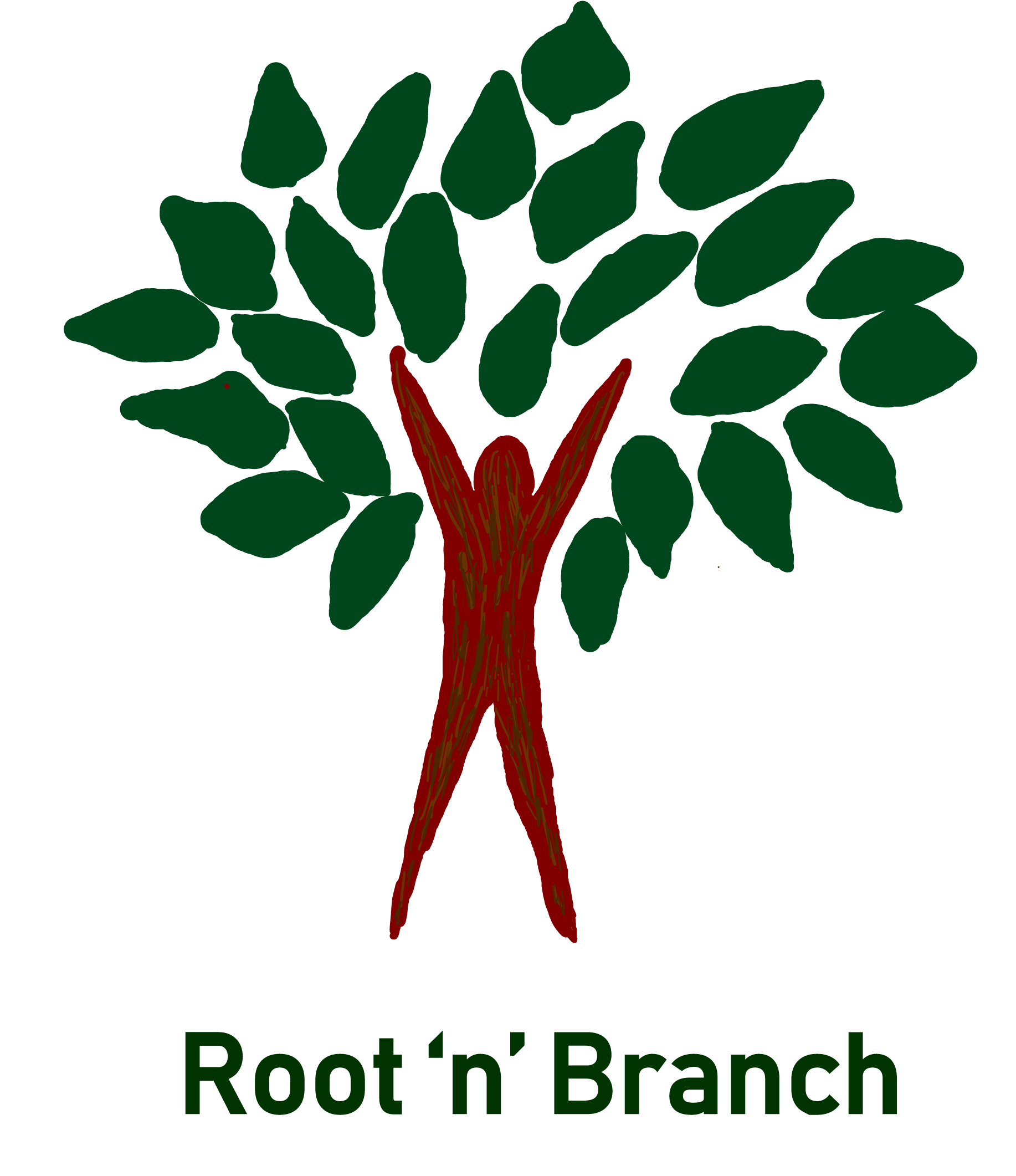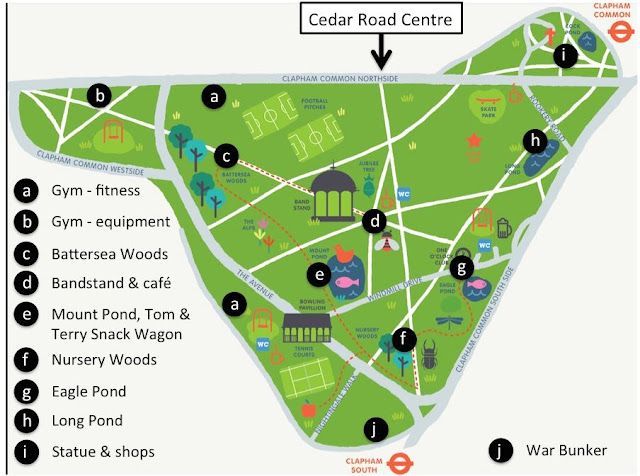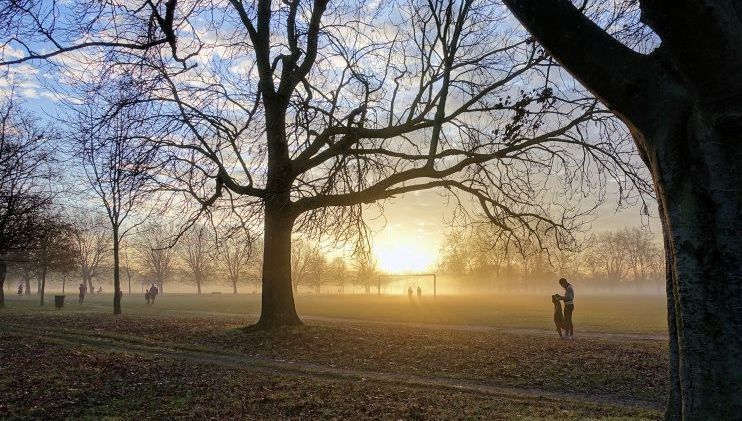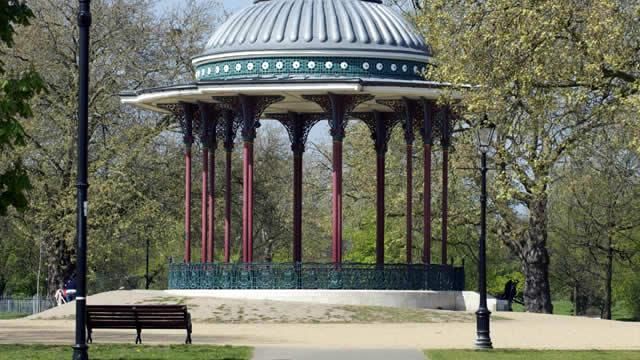Clapham Common
Join us on Walk Number 5 of a series of interactive walks all through the seasons, where you can explore your local neighbourhood, discover secret places, meet new people, socialise, exercise and enjoy the great outdoors.
All ages and fitness levels welcome! Walking time will be approximately 1.5 hours.
The Walk
We will be entering the park from Clapham Common Old Town and walking till we decide to leave the park, as a walk all around it would take more time than we have. The route can be decided by you as a group, or if someone wants to take the lead.
Clapham Common Information
Clapham Common was once the waste land of the Manors of Clapham and Battersea. Here the villagers grazed their livestock and gathered brushwood for their fires, while the ponds supplied good drinking water. Rights over the western half were claimed by both the parishes of Clapham and Battersea, and in the 17th century, the parishes contested ownership with fisticuffs and lawsuits. The disputed boundary, running north to south across the Common, is the modern boundary between the Boroughs of Lambeth and Wandsworth.
By the late 17th century, the Common was being used for recreation, including horse racing and cricket. In the next century its gravel was exploited for road making. The many gravel pits became ponds, and on one of these the American statesman and scientist Benjamin Franklin experimented with the properties of oil on the surface of water. Big houses were built all round the Common; but it remained a rough place, frequented at night by robbers.
In the 1760s a wealthy local resident, Christopher Baldwin, led an initiative to improve the Common by levelling and filling ditches and planting trees. Before that, the topographer Daniel Lysons wrote, “it was little better than a morass”; now, the “the number and variety of trees … give it very much the appearance of a park”. In 1774-76, Holy Trinity Church was built on land taken from the Common, to replace the old Parish Church.
Around the Church trees were planted by James Cook, son of the great explorer, one of them being known as Captain Cook’s tree. Destroyed by lightning a century ago, it was replaced by the black poplar which stands near the big drinking fountain.
Pic 1: Clapham Common at sunset
Pic2: Clapham Common Bandstand
For more information on Clapham Common click here



